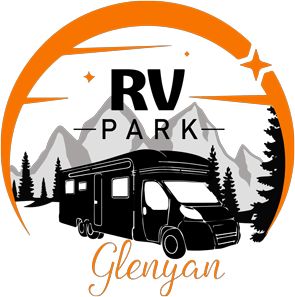-
Size:
The number of campers is a factor in determining the appropriate size. Always err on the side of caution and use a size larger than what is specified. Choose a 5- or 6-person tent if you’re a family of four to ensure enough room for everyone and all of their gear.
Your tent’s height is also important; it needs to be at least 6 feet. The best tents with many rooms have a headroom of at least 6 feet 2 inches.
This makes it less dangerous to bend over, reducing the risk of back injuries from activities like putting on socks or shirts. The tent’s packing size should be minimal. This is crucial if you intend to use it while backpacking, but less so if you intend to use it while vehicle camping with the family on the weekend.
-
Number of Rooms:
The same holds for the number of bedrooms, which should reflect the total number of campers. To have separate sleeping quarters for the kids and you and your partner, as well as a shared living area, a three-room tent would be ideal.
Get a tent with four rooms or more if you’re going on a trip with a large group of people and if everyone wants their own space.
-
Doors and Windows:
The more entrances and exits your tent has, the easier it is to enter and exit from various angles. Also, if some people wish to go while others are sleeping, you’ll have a smaller chance of waking everyone up. More light will enter the tent thanks to the windows, and there will be a better view of the outside, but the windows’ primary purpose is to let fresh air in.
To keep out the cold or let in some fresh air, choose a multi-room tent with mesh windows that can be closed with zippered fabric. All rooms should ideally have their own air vents or windows for optimal ventilation.
-
Weatherproofing:
You should also be aware that multi-room tents are more prone to blowing over in heavy winds because of their asymmetrical design and flimsy poles while camping. In this case, you should search for sturdy materials and poles to firmly anchor your fabric to the ground.
Tent poles made of either aluminum or stainless steel are sturdy and resistant to corrosion. Look for multi-room tents made from ripstop nylon or high-density polyester to ensure the fabric stays intact in the case of a storm. -
Ease of Setup:
If you have hungry kids running around or if the weather is less than ideal, you don’t want to be spending hours setting up a tent. To that end, select a tent that can be quickly erected. Assembling a multi-room tent can be a hassle, but not with a 3-room quick cabin tent because the poles come attached and just pop into place as you unfold the tent.
What extra features might you find in multi-room tents?
What kinds of supplementary amenities are typically included in multi-room tents?
There are numerous comfort-enhancing features available on many multi-room tents, and you should look for those characteristics. For instance, several tents are equipped with a screened-in porch, which gives campers a lovely outside spot to enjoy without even being completely open to the elements.
In addition to this, there is a good chance that you will come across multi-room tents that have storage pockets and areas that allow for quick access to items such as a flashlight, a phone, or glasses. Several different kinds of tents come with either huge windows or a sunroof that let in plenty of natural light.


